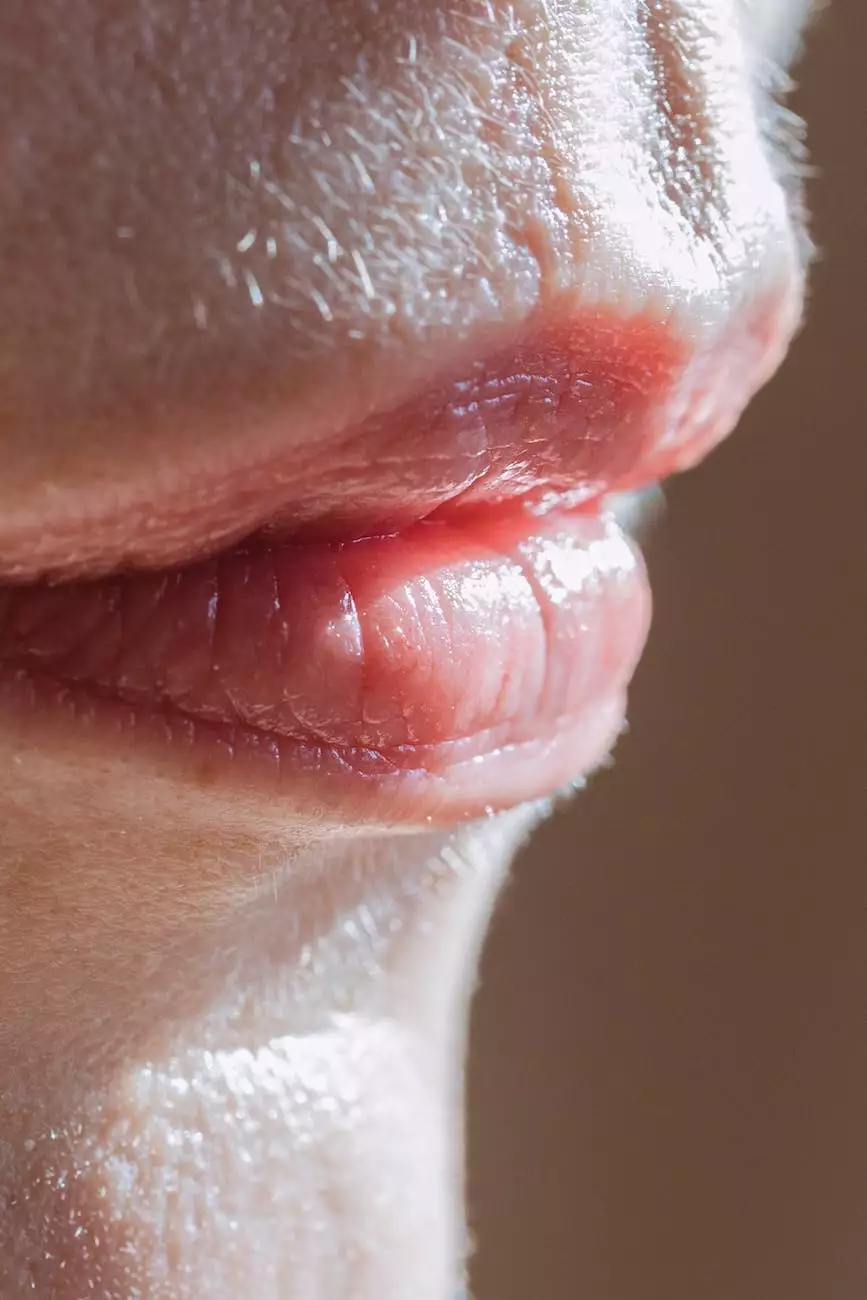The Importance of Breathing in Mindfulness Meditation
Blog
Introduction
Welcome to Revived Aesthetics, your ultimate resource for holistic health and well-being. In this article, we will delve into the profound significance of breathing in mindfulness meditation and how it can enhance your overall mental and physical wellness.
The Power of Breath
Breathing is an involuntary action that sustains our lives, but it also holds the power to connect us with the present moment and promote mindfulness. Mindfulness meditation, rooted in ancient practices like Pranayama, focuses on breath awareness to cultivate a deeper sense of self-awareness and inner peace.
Understanding Pranayama
Pranayama, a Sanskrit word meaning "breath control," is a fundamental aspect of mindfulness meditation. Its techniques involve conscious manipulation of the breath to influence the flow of vital energy throughout the body. By regulating the breath, we can create a harmonious union of the mind, body, and spirit.
The Benefits of Mindfulness Meditation
Mindfulness meditation offers a wide range of benefits for both mental and physical well-being. Some of these include:
- Stress reduction and management
- Improved focus and concentration
- Enhanced emotional well-being
- Increased self-awareness
- Promotion of relaxation and calmness
- Boosted immune system function
- Improved sleep quality
- Reduced symptoms of anxiety and depression
The Role of Breath in Mindfulness Meditation
Breath serves as an anchor in mindfulness meditation, grounding us in the present moment. By paying close attention to the sensations of inhalation and exhalation, we develop a heightened sense of awareness and disengage from distracting thoughts or external stimuli.
The Connection between Breath and Mental State
Our breath is deeply intertwined with our mental state. Notice how the rhythm of your breath changes when you experience various emotions. Mindfulness meditation teaches us to observe these patterns without judgment, allowing us to cultivate greater emotional resilience and self-control.
Techniques of Breath Awareness
There are numerous techniques within mindfulness meditation that focus on breath awareness. Some of these techniques include:
- Deep Abdominal Breathing: Inhaling deeply through the nose, expanding the diaphragm, and exhaling fully through the nose or mouth.
- Counting Breath: Counting each inhalation and exhalation, focusing the mind on the breath as you count.
- Body Scan: Systematically scanning the body, observing each breath as it moves through different regions.
- Box Breathing: Inhaling for a count, holding the breath, exhaling for the same count, and holding the breath again before repeating.
Embarking on a Mindful Breathing Journey
Now that you understand the importance of breath in mindfulness meditation, it's time to start your own mindful breathing journey. Here are a few practical steps to help you get started:
Creating a Sacred Space
Designate a tranquil space where you can comfortably practice mindfulness meditation. Choose a location free from distractions and make it your sanctuary for self-reflection and conscious breathing.
Setting Aside Time
Prioritize your well-being by setting aside dedicated time for mindfulness practice. Start with a few minutes each day and gradually increase the duration as you become more comfortable with the practice.
Posture and Comfort
Sit in a comfortable and upright position, allowing your spine to be aligned and your body relaxed. You can choose to sit on a cushion or chair that supports your posture.
Observing the Breath
Bring your attention to the natural flow of your breath. Observe the sensation of each inhalation and exhalation, without trying to control or manipulate it. Let the breath guide you into a state of mindful awareness.
Gentle Focus and Patience
Be gentle with yourself as you navigate your mindfulness journey. The mind may wander, and that is perfectly normal. When you notice your attention drifting away, gently guide it back to the breath, using it as your anchor to the present moment.
Incorporating Mindful Breathing into Daily Life
Mindfulness is not limited to meditation sessions alone - it can be integrated into your daily life to enhance well-being continuously. Consider incorporating mindful breathing into the following activities:
- During stressful situations or before important meetings
- When practicing yoga or engaging in physical exercise
- While savoring a meal, bringing awareness to each bite
- When spending time in nature, connecting with the rhythms of the environment
- Before bedtime, promoting relaxation and quality sleep
- In moments of emotional intensity, bringing calm and stability
Conclusion
The importance of breathing in mindfulness meditation cannot be overstated. As you embark on this transformative journey, remember that each breath has the potential to connect you to the present moment, offering a gateway to inner peace and self-discovery. Explore the techniques, embrace the power of breath, and unlock the profound benefits of mindfulness meditation in your life.









